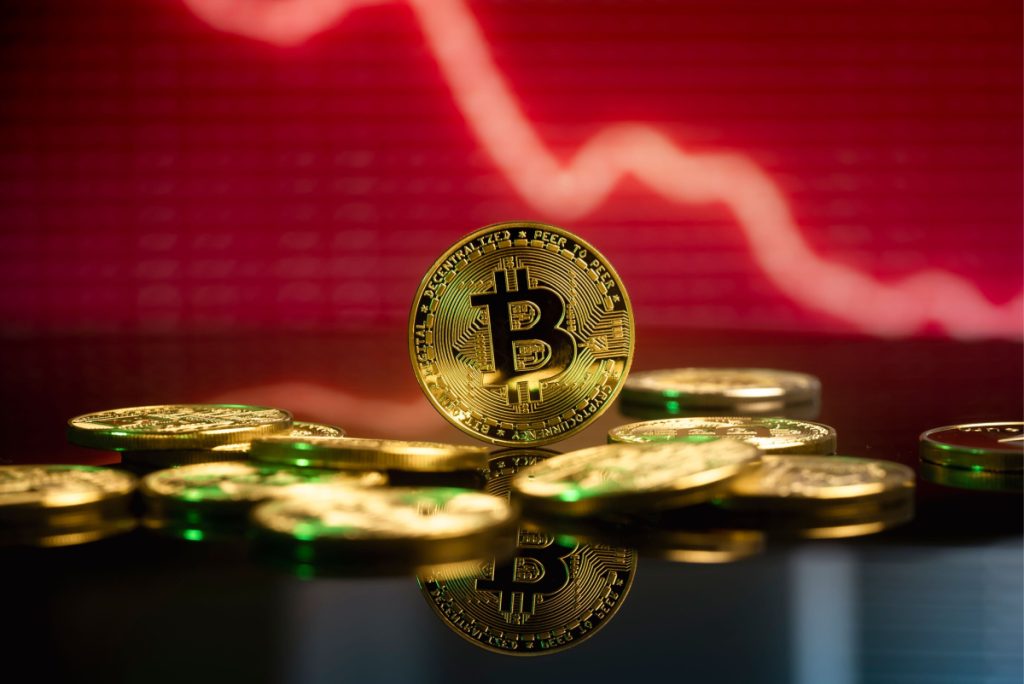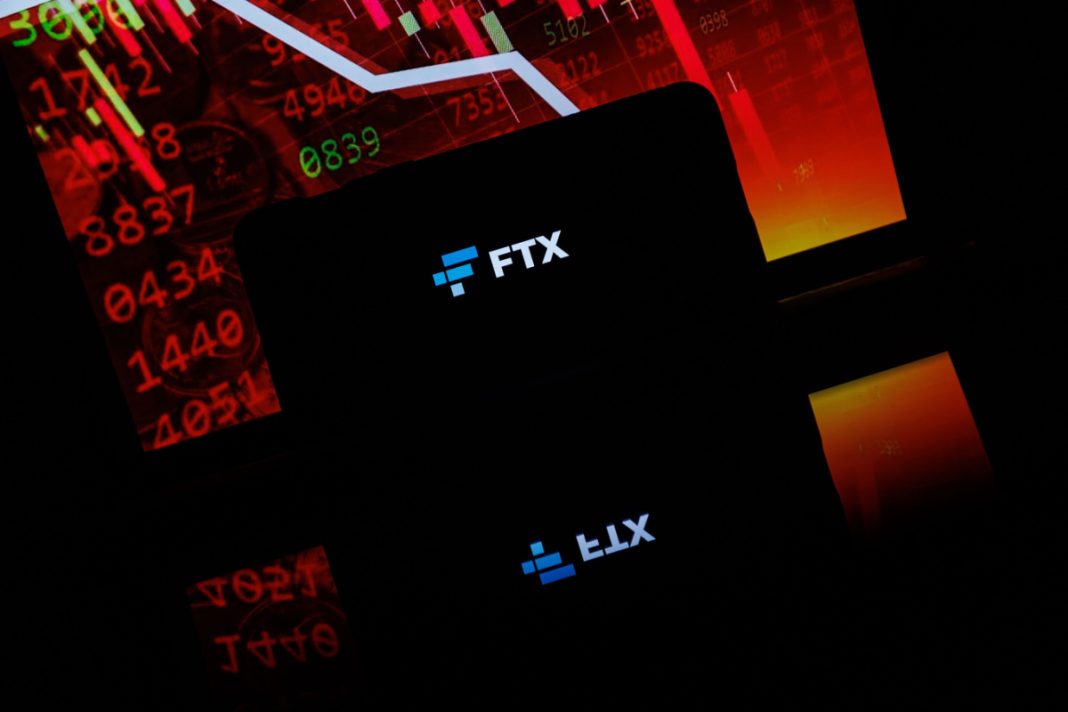On the morning of 8 November 2022, Sunil Kavuri, not an active user of Twitter, was unaware of the impending calamity that was about to unfold.
On that day, Binance CEO, Changpeng Zhao, announced that his exchange would be liquidating all holdings of the FTX native token FTT, news that quickly reached Kavuri as he and the crypto sector were united in being rocked to their knees.
Kavuri was part of a recent GBG event held in London titled ‘Downfall of the Crypto King’ where he bravely told his story of how he lost a significant amount of money due to the collapse of the crypto exchange and how he reacted upon hearing the news, in this third and final instalment on Payment Expert.
But we already know how FTX collapsed, what is a more pressing issue is how Sam Bankman-Fried, the once revered poster child for crypto, curated a squeaky-clean image and guided investors like Kavuri to entrust in him on keeping their money safe in his company.
It is important to understand that SBF was not just attracting the funds of regular citizens who wanted to make quick money investing in crypto, as he had already convinced a plethora of celebrities to invest and endorse FTX.
Kavuri had plenty of experience in the investing and trading sector, working for the likes of J.P Morgan and the Shomei Group and had been a keen investor in crypto prior to first hearing of FTX around July 2021.

He told the audience at the Techspace in London that whilst he had always been very cautious in where and what he was investing in, the endorsement of multiple celebrities, investment from venture capitalist firms such as Sequoia, as well as SBF’s clean image, convinced him FTX was the right place to invest.
Despite this however, Joshua Oliver, a Correspondent for the Financial Times, told the audience that whilst SBF was doing a great job as a ‘master manipulator’, the worst was soon about to unravel.
Oliver revealed that people within Alameda Research and FTX months prior to the collapse in November were questioning where the money had been coming from, believing it to be from Alameda to FTX, and vice versa.
He also detailed how SBF’s motives did not stack up, as the disgraced crypto CEO was not in it for personal enrichment, but rather, he saw an opportunity in a market with no regulatory oversight.
But as we know now, billions upon billions of investor’s money was lost and unfortunately for Kavuri, he revealed he lost £2.1m during the collapse.
He described his ‘stomach sinking’ upon hearing the news that withdrawals could not be made, and a really ‘sickening’ feeling once the writing was on the wall as FTX and Alameda filed for bankruptcy.

Was this the time to start pointing fingers? You certainly can’t begrudge Kavuri and the millions of investors who placed their trust in a company and a man that promised security to see their money vanish.
Could authorities do a better job of a 2019 lawsuit filed against FTX over market manipulation and securities violations? And could the media have done a better job at reporting this?
This all sounds better in hindsight now but after a year removed from crypto’s most notorious collapse, what have regulators now done to make sure customers are now better protected from this happening again?
It appears over the last year that the US Securities and Exchange Commission (SEC) has taken it upon itself to aggressively condemn crypto exchanges operating within the US, who they deem are circulating unregistered securities in the form of crypto.
Binance, Coinbase and more recently Kraken, have all been sued by the US financial regulator in what they believe is to bring about some semblance of order to the crypto sector.
The UK, much like the rest of the world, have been active in 2023 in accelerating plans to create regulatory guidelines surrounding crypto. The Financial Conduct Authority (FCA) introduced the Travel Rule, as well as the marketing and promotions rule to better safeguard customers from potentially risky and dangerous investments.

But has the aftermath and the effects of FTX’s cataclysmic collapse done more than enough damage to not only the mainstream casual users confidence, but also the confidence of long-term believers of the sector?
Sceptics of the crypto market will tell you that FTX’s downfall was not surprising and only a matter of time, whereas supporters of the sector believe that this was an isolated incident of a man acting in bad faith, causing the rest of the market to fall with him.
The debates of crypto’s shelflife will continue to rage on well into the rest of the decade and beyond. Regulators are faced with the task of forming entirely new rules around a sector and a market that is barely 20-years-old, as well as juggling this with traditional finance regulations.
What we can all agree on, pro and anti crypto people, is that nobody should have to suffer losing significant amounts of money as a result of placing faith in a company and an individual that lured them into a false sense of security.
Whilst there may unfortunately be more crypto collapses to come, the trust must now be placed on regulators and governments to ensure we are not only better prepared, but better secured, for the betterment of the crypto sector and more importantly, the customers.
For part one of ‘Behind the mind of SBF’ how he cultivated the perfect facade: click here
For part two of ‘Behind the mind of SBF’ the ‘extraordinary psychodrama’ of the NY trial : click here























